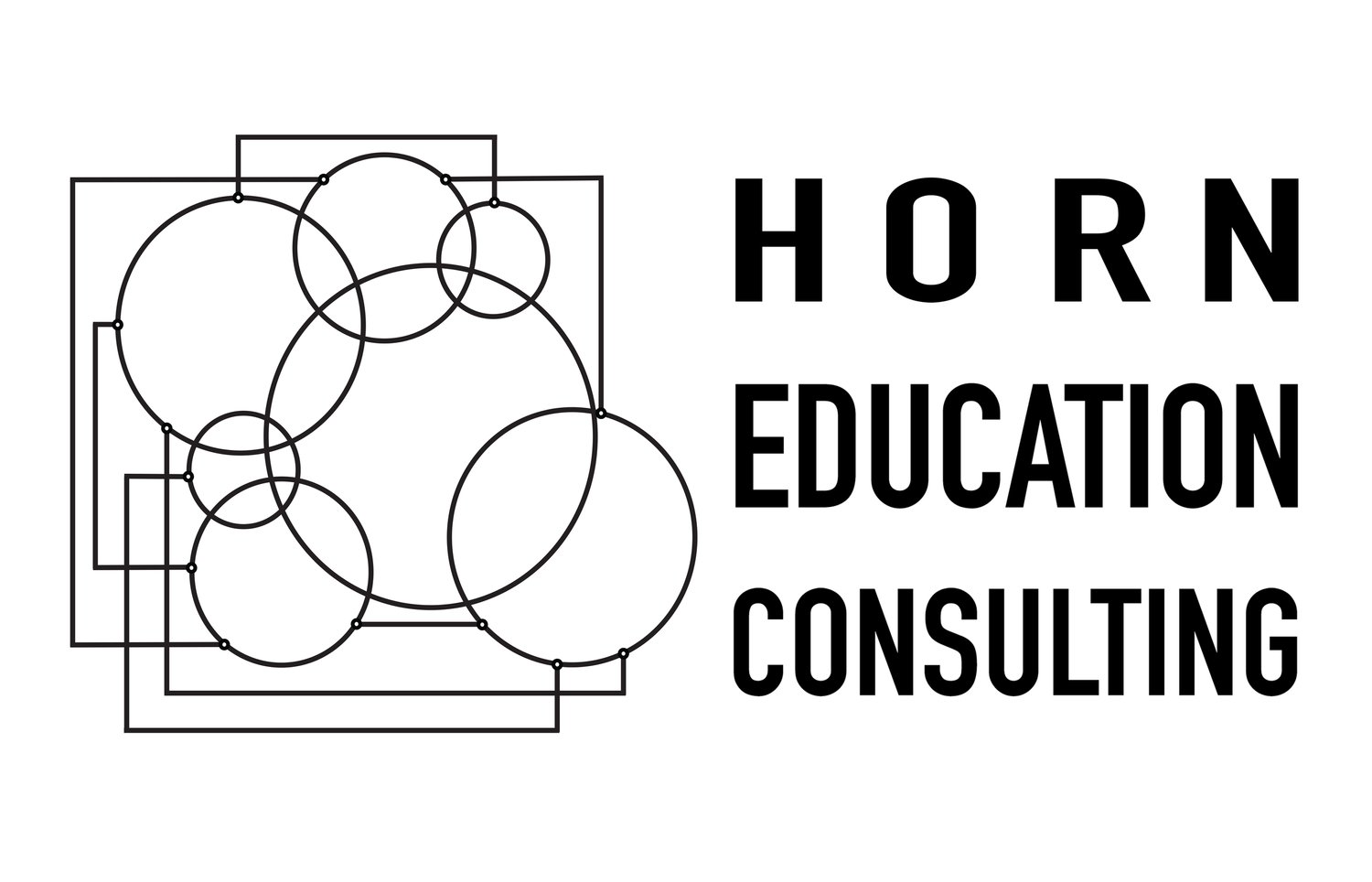A team is not just a bunch of people sitting around the same table.
Leading and fostering teamwork is essential to leading effective learning communities. According to leadership guru Peter Kuriloff, the literature on effective schools as well as profitable businesses shows that success is largely dependent on teamwork that requires highly developed interpersonal and group problem-solving skills. Unfortunately, not every group in schools calling itself a “team” really functions like one. The following concepts provide a basis for reflecting on teams and teamwork in your building.
WHAT TEAMS NEED*
Teams need a compelling direction. Members need to know and agree on what they’re supposed to be doing together: the importance of a clear, elevating purpose cannot be overestimated.
Teams need enabling structures—clear tasks, the right number (usually less than 10) and mix of members, clear norms of conduct that all members follow.
Teams need a supportive organization. The organizational context—including the reward system, the HR system, and the information system—must facilitate teamwork.
Teams need coaching—especially at the beginning, midpoint, and end of a team project.
NORMS FOR GROUP EMOTIONAL INTELLIGENCE**
Interpersonal Understanding
Take time to get to know one another.
Briefly check in with members at the start of the meeting—ask how people are doing.
Assume that undesirable behavior happens for a reason. Ask questions and listen, avoiding negative attributions.
Tell teammates what you’re thinking and feeling.
Name and own your mistakes. It takes courage to posit yourself as a “fallibility model,” but doing so effectively reinforces that real learning involves error, that you’re here to learn, and that errors and concerns can be discussed openly.
Perspective-Taking
Ask whether everyone agrees with a decision.
Ask quiet members what they think.
Question decisions that come too quickly.
Encourage the role of devil’s advocate. It may bear repeating that you really do believe skepticism is healthy. If it’s said only once, people tend not to hear (or believe) a message that contradicts old norms.
Team Self-Evaluation
Schedule time to examine team effectiveness.
Create measurable task and process objectives—and then measure them.
Acknowledge and discuss group moods. Make time to discuss a difficult issue if necessary.
Communicate your sense about what is transpiring in the team.
Encourage members to call a “process check”—e.g. “Process check: is this the most effective use of our time right now?”
Seeking Feedback
Post your work and invite comments.
Regularly discuss the progress of your team with stakeholders.
Organizational Understanding
Consider who can influence the team’s ability to accomplish its goals.
Discuss the culture and politics of the school and district, determining how team goals may be consonant or dissonant.
Invite others to team meetings if they might have a stake in what you are doing.
Caring
Support members: volunteer to help if they need it, be flexible, and provide emotional support as needed.
Validate members’ contributions. Let them know they are valued.
Protect members from attack.
Respect individuality and differences in perspectives. Listen.
Respectful Confrontation
Set ground rules as a team with the expectation that all members may use them to point out errant behavior.
When it is necessary to address behavior, think carefully about how to do it most effectively. Some groups develop playful devices to call people out, but often a sincere, non-threatening one-on-one conversation is the most effective approach.
Creating an Affirmative Environment
Reinforce that the team can meet the challenges it has taken on.
Focus on what you can control.
Remind members of the worthy goal(s) you have set together.
Focus on problem-solving, not blaming.
Solving Problems Proactively
Anticipate problems and address them before they happen. (Some use the mantra “If you can predict it, you can prevent it.”)
Take the initiative to understand and get what you need to be effective.
Ensure that members each understand their responsibilities for a given task.
SOURCES
* WHAT TEAMS NEED was adapted from J. Richard Hackman’s book Leading Teams: Setting the Stage for Great Performances (HBR Press, 2002).
** NORMS FOR GROUP EMOTIONAL INTELLIGENCE were adapted from “Building the Emotional Intelligence of Groups” by Vanessa Urch Druskat and Steven B. Wolff (Harvard Business Review, March 2001); and from “Speeding Up Team Learning” by Amy C. Edmondson, Richard M. J. Bohmer, and Gary P. Pisano (Harvard Business Review, October 2001).
[Illustration by Roy Chambers. Copyright 2015 by Peter Horn, Ed.D. All rights reserved.]


